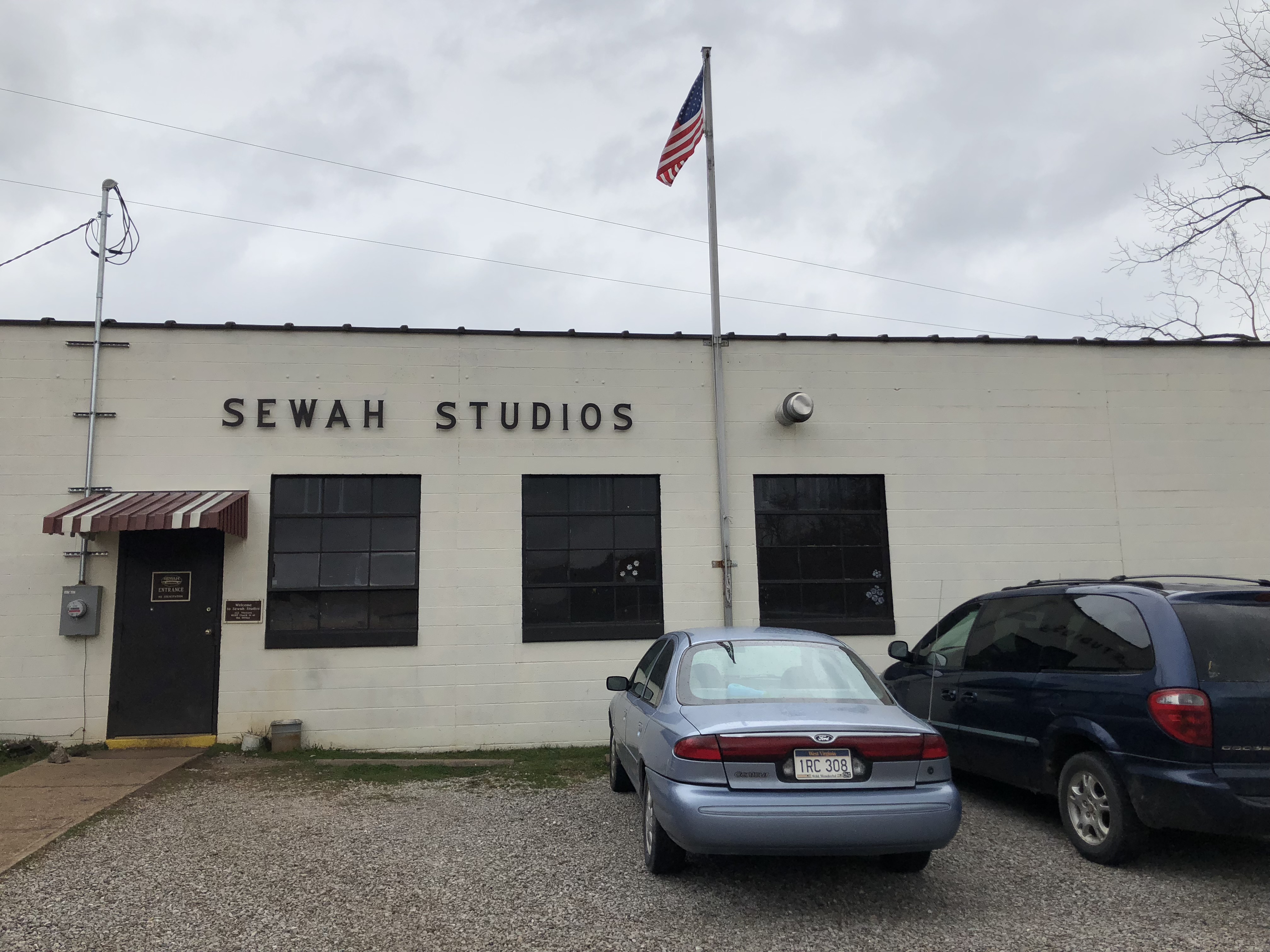
One studio is responsible for markings of history all across the nation. And nobody even knows it’s there.
Marietta is a treasure trove of history and off-beat facts. Taking the time to explore the small town will reveal ghost stories, museums and the last intact steam-powered sternwheel boat. But Marietta also harbors a bit of ongoing history. Each day that passes by in the small factory tucked away on Millcreek Road is history in the making, literally.
Most people, while walking through a certain town or road-tripping down the highway, have seen signs of cast aluminum, often painted, with a short quip of history that happened in that spot. Almost 75 percent of these historical markers, hundreds of thousands of them, were made by Sewah Studios, a small factory in Marietta.
Sewah Studios began in 1927 when E.M. Hawes opened up an aluminum foundry to produce metal casting in an old organ factory. He wanted to create historical markers for the country so that people who now had access to travel anywhere could read about local history.
Sewah, which is Hawes’ name spelled backward, was then sold to Gerald Smith in 1953, where the studio has stayed in his family for three generations.
In **year** Gerald’s grandson, Brad Smith took over the studio. Smith oversees 20 employees and the entire sign making process; typeset, casting, foundry, setting the finish and applying paint, it’s a business Smith has deemed “History on a stick.”
“The process hasn’t changed,” Smith says. “Just a lot of elbow grease and hard work. We consider sticking to our roots an advantage.”
Smith makes his signs the same way Hawes did 90 years ago. First, a sand cast is made. Next, molten aluminum is poured into the cast at a temperature of 1375 degrees. Once it’s cooled, the sign is touched up to fix impurities, baked and then painted. Overall, the process takes anywhere from one to six weeks.
The art of making these signs is one that Brad holds dearly to its roots. The signs are a product of tourism, and that connection has never been lost. According to Brad, the business should have been wiped out decades ago through the invention of plastic and the internet. But it hasn’t.
“Our products are all the same, since 1927,” Smith says. “It spans across decades. I don’t know another product that can hang its hat on that. Anything that can last that long I think is a testament to true craftsmanship.”
Most of Sewah’s original signs are still standing. The originals stand alongside the 12,000 new signs that Smith and his team put out every year. They can be seen in every state, and even in some unconventional places. Smith spoke of one sign that was placed at the bottom of Lake Michigan and can be dived to with proper equipment.
Over 60 years ago a relationship between Sewah Studios and the Ohio History Connection was established. And henceforth OHC has been working with locals and other historical organizations to find stories worth marking. It was then, in 1957, that the iconic brown signs plated with gold letters began dotting Ohio’s map.
The Coordinator of the Ohio Connection’s Fund, Andy Verhoff has been working with Smith at Sewah since 2009 to make sure Ohio’s signs are as concise and accurate as possible.
“Markers are special in a sense that they actually mark the spot where something historical happened,” Verhoff says. “You can’t see the streets of the 1801 Chillicothe riots when they happened, but you can stand in the exact same spot and learn the story.”
Change over time happens, places have layers of history. Everything people see today hasn’t always been. Andy believes Sewah Studios is helping to bring these layers to light.
With a product that has crossed the paths of just about everybody who shares this country, it’s interesting to think nobody knows the true origin. Sewah Studios has spent 90 years telling everybody else’s story, so this time it’s their story that is being told. The story of the American storytellers who put history on a stick. It all starts with metal, but it’s what the metal is turned in to that matters. And that’s what people see.